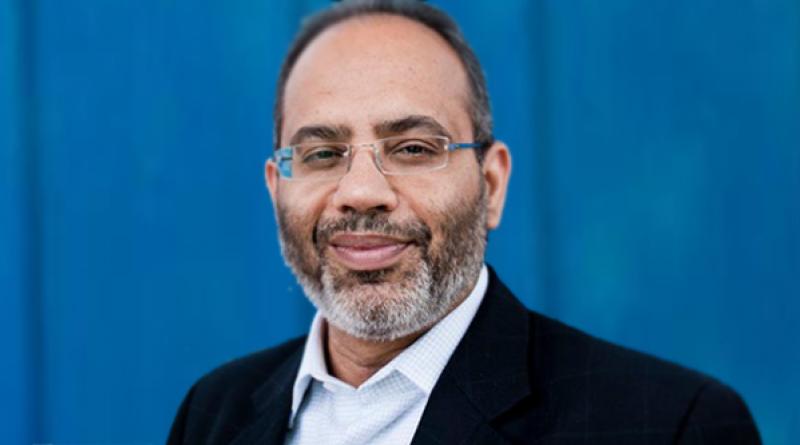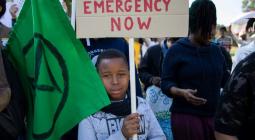Going green is not a luxury for Africa.

Earlier this year, Tropical Cyclone Idai tore through southern Africa, killing hundreds, injuring thousands, and displacing even more. In Mozambique, as much as half of all annual crops and critical infrastructure were destroyed.
In total, more than 3 million people in the region were affected. It was a stark reminder of Africa’s vulnerability to the intensifying consequences of climate change.
Cyclones are nothing new, but as climate change progresses, they are becoming increasingly common: The Indian Ocean has an average of three cyclones per cyclone season, yet in this season alone, there were seven.
The same goes for other kinds of weather events. In Zimbabwe, more than 2 million people are now facing an acute water shortage as a result of climate change-induced drought.
However, even as Africa faces new challenges from climate change, it also has major opportunities to expand its economy and reduce still-pervasive poverty
The combined GDP of African countries vulnerable to climate change is on track to rise from US$2.45 trillion this year to US$3.46 trillion in 2024.
Can Africa secure this economic progress without contributing further to climate change?
The solution lies in a kind of Green New Deal – a comprehensive strategy for achieving sustainable growth, much like the one being championed by some Democratic politicians in the US.
A pillar of such a plan would involve making large-scale investments in renewable-energy deployment.
Whereas a US Green New Deal would focus on shifting away from fossil fuels, the infrastructure for which is already in place, an African strategy would be delivering energy (and energy infrastructure) from scratch.
About 60 percent of the people worldwide who lack access to electricity live in Africa.
Yet last year, Africa received less than 15 percent of global energy investment, and much of those limited funds are still going toward yesterday’s technologies.
Between 2014 and 2016, nearly 60 percent of Africa’s public investment in energy went to fossil fuels — US$11.7 billion, on average, each year.
This approach is not only environmentally irresponsible; it also makes little economic sense. Renewables are already outcompeting fossil fuels globally, and bold action on climate now promises to bring major economic benefits — to the tune of US$26 trillion globally through 2030.
Given this, the European Investment Bank — a longstanding source of energy investment in Africa — should approve an existing proposal to halt all lending for fossil fuel-reliant energy projects by the end of next year.
As for Africans, they are already promoting sustainable development. The African Union’s Agenda 2063, created in 2013, set an ambitious blueprint for attaining sustainable and inclusive growth over the subsequent half-century.
The African Renewable Energy Initiative (AREI), founded in 2015, focuses on drastically increasing the use of renewables, while expanding overall energy access.
On the ground, solar mini-grids are delivering cheap renewable energy to communities across Africa, increasingly at competitive prices (relative to comparably sized diesel-powered grids).
Solar home systems and clean-cooking solutions (which use cleaner, more modern equipment and fuels) are also providing cost-competitive clean energy access.
In East Africa, households equipped with solar systems saved an estimated US$750 each on kerosene and eliminated 1.8 tonnes of carbon dioxide over the first four years of use.
3 September 2019
TAIPEI TIMES





